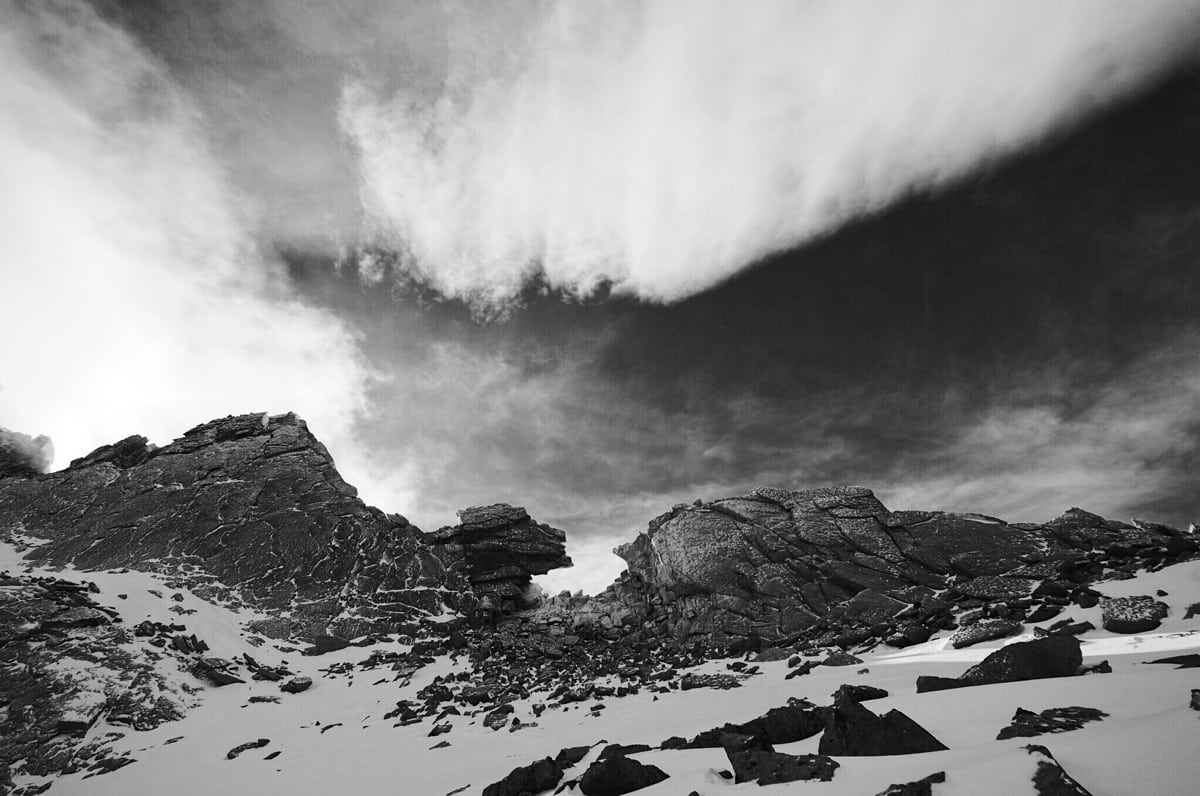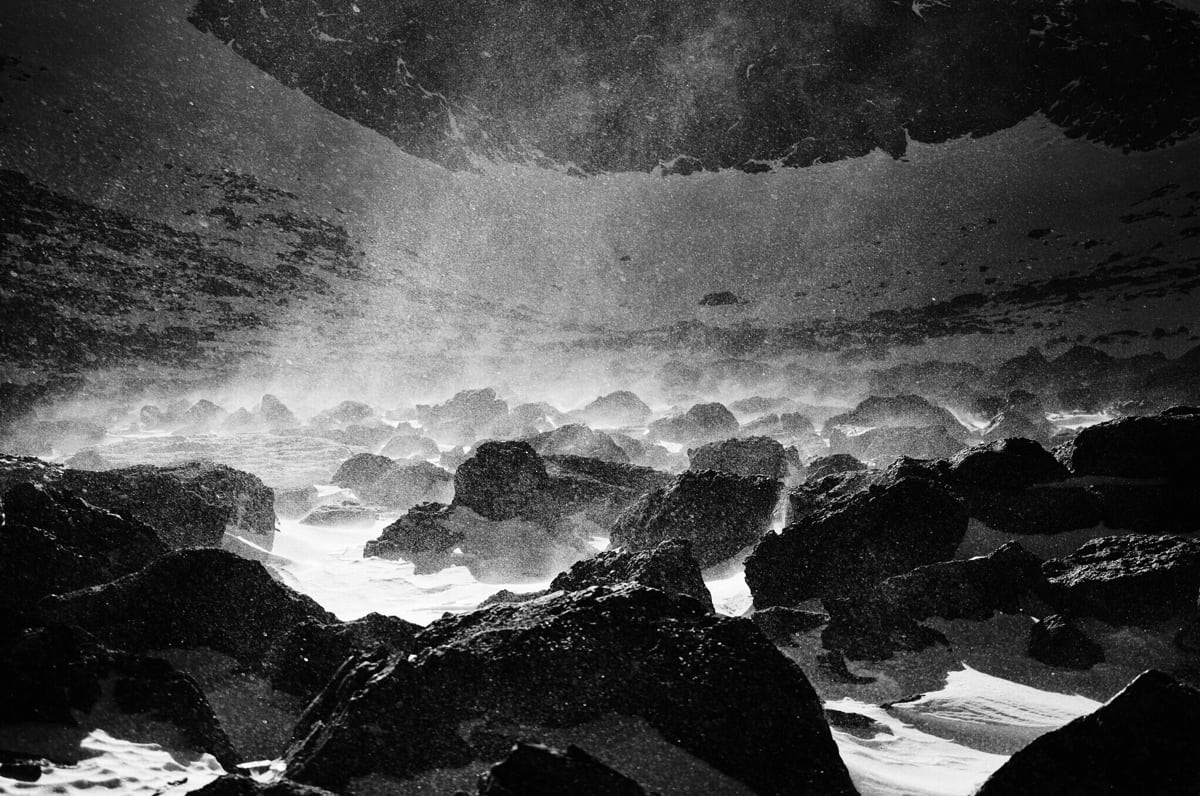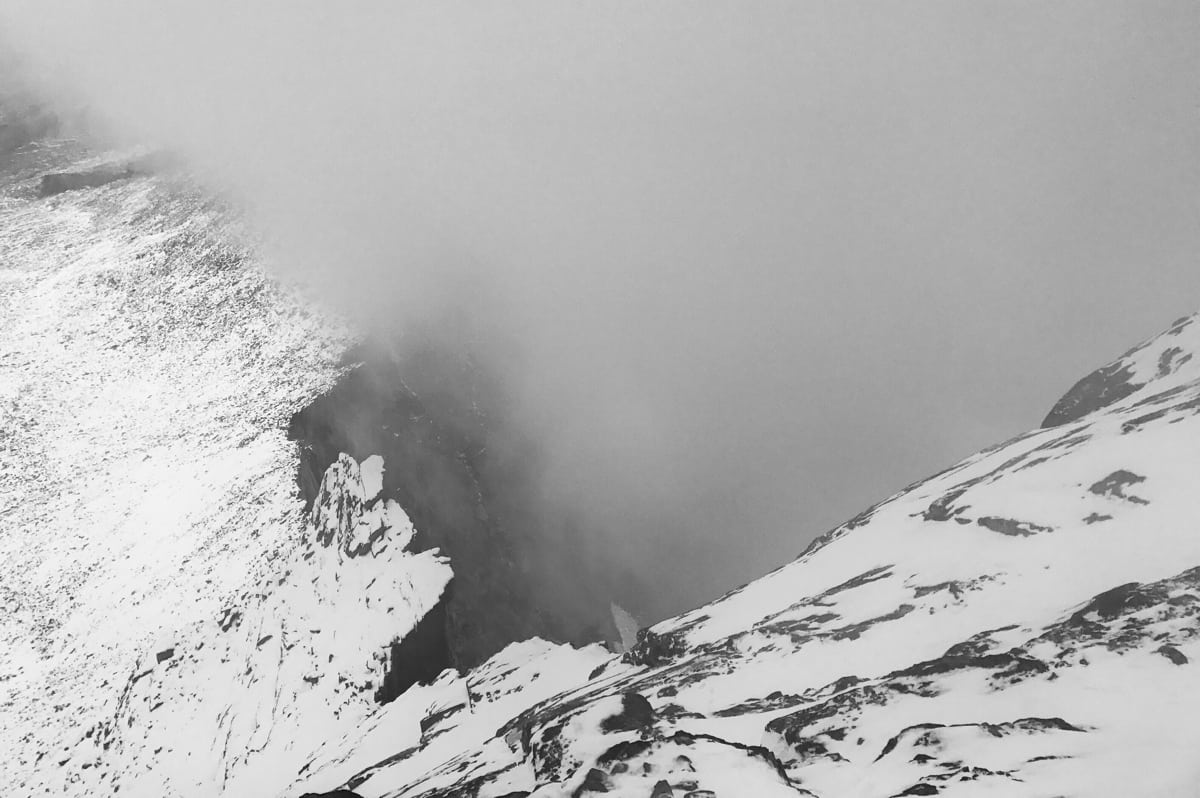After completing the Tour de 14ers in the summer of 2016, I am often asked which of all the Colorado fourteeners is my favorite. While there are many standout ranges and formations in the state such as Capitol Peak, the Maroon Bells, the Crestones, or Mount Sneffels to name but a few, Longs Peak is always unequivocally at the top of my list.
This subjective point of view stems first from the fact that it is the closest fourteener to my home. I have developed an intimate connection with this place due to its proximity and the ease of access to the mountain.
I find Longs Peak to have a certain majestic quality, its large flat summit, giving it a throne-like appearance presiding over Rocky Mountain National Park.
The complexity of Longs Peak though, is perhaps what makes it most alluring and an ideal setting for perpetual learning.
The Diamond, its sheer east face, is well known for offering a multitude of very challenging climbs, but even the easiest hike up the mountain from any direction is no trivial affair.
This fall, I’ve stood on the summit of Longs Peak seven times. Going alone, I didn’t choose the most technical routes, but the winter-like conditions certainly kept me alert and focused. The following are short excerpts of three currents of thought that were highlights of my experiences on the mountain during that period.
Humility
North Face/Cables route – September 30, 2017.
This was my first ascent of the fall. We had recently gotten the first heavy snow of the season. It certainly felt like winter as I postholed below treeline, continuing to make slow progress all the way to the base of the North Face. I was unacclimated, having just spent the previous month at lower elevations in Europe and was still recovering from a nasty ear infection. The altitude was tugging on my lungs and every step above 13,000 feet was particularly laborious. I threw on a down jacket and some heavier gloves for the short typically trivial pitch up the Cables route. I jumped around shivering at the base trying in vain to get warm. The few technical moves felt precarious and insecure, with my crampons scratching on thin ice and rock beneath the unconsolidated snow. As I groveled up to safety, I was overcome by an awareness of my own fragility–a potent reminder of my insignificance in the universe. I thought about the futility of chasing summits, the perpetual nagging of ego, and how silly it would be to die just to sit on a throne.
Imagination
Standard Keyhole route – November 22, 2017.
As I approached via the boulder field, Longs Peak was draped in thick fog. If I didn’t know that a large granite monolith existed behind this veil, I might have assumed that I was running straight into the clouds. As I drew closer, the distinctive feature known as the Keyhole revealed itself in the serrated ridgeline to the west. Named for its shape, the Keyhole in its current guise begged for a more figurative interpretation–a passage into another world. In this winter wonderland, rime had formed on the rocks. This crystallized sheen of ice is water’s display of its most dreamlike state. Not seeing much more than a few feet in front of me, I moved forward mostly by feel, retracing the familiar contours of the route in my mind to the top. In such a place, reality interweaves with mindscapes, the bite of the wind on my cheeks often the only reminder that I was actually there.
Practice
Lamb’s Slide/Clark’s Arrow route – December 6, 2017.
Chasm Lake was frozen, its dark blue surface forming a stunning mosaic interlaced with white lines. Two climbers were up ahead in the middle of the lake. The sensation of walking on ice, even visibly deep ice, is always a little unnerving. At the base of Lamb’s Slide, I donned my crampons, pulled out my axe, and began kicking steps up the steep firm snowfield. When I reached Broadway, a ledge separating the Upper and Lower East Face, I ventured out across it to gauge conditions on the Kiener’s route. While I’ve done this route several times in the winter before, I’ve always been roped up with a partner as snow can be unpredictable and the consequences of a fall would be fatal. A familiar route can change dramatically based on conditions. I believe that to truly get to know a mountain one has to experience it in its varying states. Practice is not solely about developing the technical skills to ascend a route, but also about gaining an intuitive feel for the conditions as they relate to our ability. On that day, I decided that retreat from Kiener’s was a safer option. Content with my decision, I ascended the final couple hundred feet of Lamb’s Slide, wrapping around the west side to finish on some slabby dry rock just north of the Notch.
Call for Comments (from Meghan)
- Do you have a particular mountain you climb or route you travel regularly? Does travel on it in differing conditions and with differing mindsets drastically alter the experience for you?
- If so, can you share a story or two from one of your favorite places and your shifting relationship and experiences with it?





